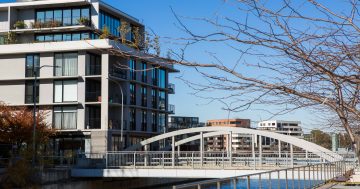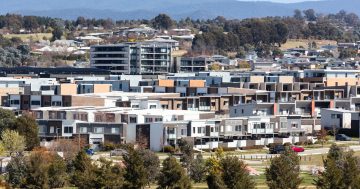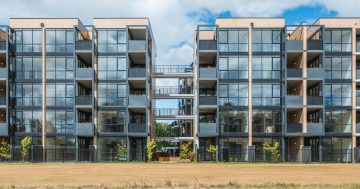
What is covered by Strata and what is not? Photo: Zen Photo.
If you’re buying into an apartment or townhouse complex, you’ll be contributing to your strata fees annually. But what do these fees cover, and what do you need to budget to maintain yourself? We spoke to Jarrod Smith, Group General Manager at Vantage Strata to find out.
When do you need to pay strata fees?
There are two classes of developments that are covered by a strata – Class A developments are highrises and Class B are townhouse villages. Because the properties contained in these environments include shared spaces and common utilities, owners contribute to a strata fund to manage the maintenance and repair of these areas. Stratas also define what adjustments owners can make to aspects of their homes, and set the general rules for the developments. Any eligible owner can nominate to join the Owners Committee, who typically appoint a strata manager to run the day-to-day of the property management.
How do strata fees work?
Owners Corporation operate using two funds – an administrative fund and a sinking fund.
“Your admin fund is what covers the day-to-day costs of running the development,” Jarrod explains.
“This could be things like routine cleaning and maintenance of driveways and shared footpaths or outdoor common areas, landscaping of shared gardens, cleaning out of waste facilities et cetera.”
The sinking fund is there to cover major repairs, renovations or uninsurable emergencies. For example, the lifts might need to be repaired or replaced, there could be a need to rip up and re-concrete the driveways after several years. Owners contribute to the sinking fund annually to ensure there is enough funding available for these major expenses.
“Think of it as a superannuation fund for a building.”
It’s worth noting that an Owners Corporation can also vote to have owners contribute additional, one-off amounts for major repairs if needed on an ad hoc basis, but generally an annual budget is set at the Annual General Meeting of the Owners Corporation, which any eligible owner can attend and vote in.
What is and isn’t covered by strata fees?
“The best way to explain what is and isn’t covered by your body corporate, both in terms of maintenance and repair, but also in terms of having to seek permission to change, is to think about what is ‘fixed’ and what isn’t ‘fixed’ in your property,” Jarrod says.
“So aside from the common areas which will be marked in a site plan, think about what would happen if you could pick your apartment or townhouse up and shake it – everything that would move or fall is generally considered your responsibility, and anything fixed would be under the jurisdiction of the strata.
“This is dictated by what class of development you are as mentioned above as that will determine boundary lines and areas of ultimate responsibility. It doesn’t mean they pay for its upkeep but they generally do have a say in what happens to it should it be deemed as an alteration.”
So your furniture, appliances, and loose fixings should be covered by your own home and contents insurance. However, things like cabinetry, plumbing and in some cases flooring, are governed by the owners corporation if outside the unit boundaries. External repairs like roofs, courtyard fencing, balcony railings are also under their jurisdiction.
If, for example, you want to rip up your carpet and install wooden floors, you would need to communicate this to the owners corporation executive committee to see whether approval is required prior, but you would still be paying the cost for the actual renovation.
If your internal plumbing breaks down, you’ll need to arrange the repairs via the strata manager. If there is flooding that damages the shared gardens, your body corporate fees would be used to pay for the repairs.
“Generally, if you’re not sure what is or isn’t covered, it’s a good idea to contact your strata manager and ask before going ahead and doing any repairs or changes to your property,” Jarrod advises.




















